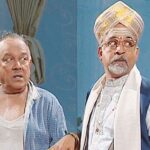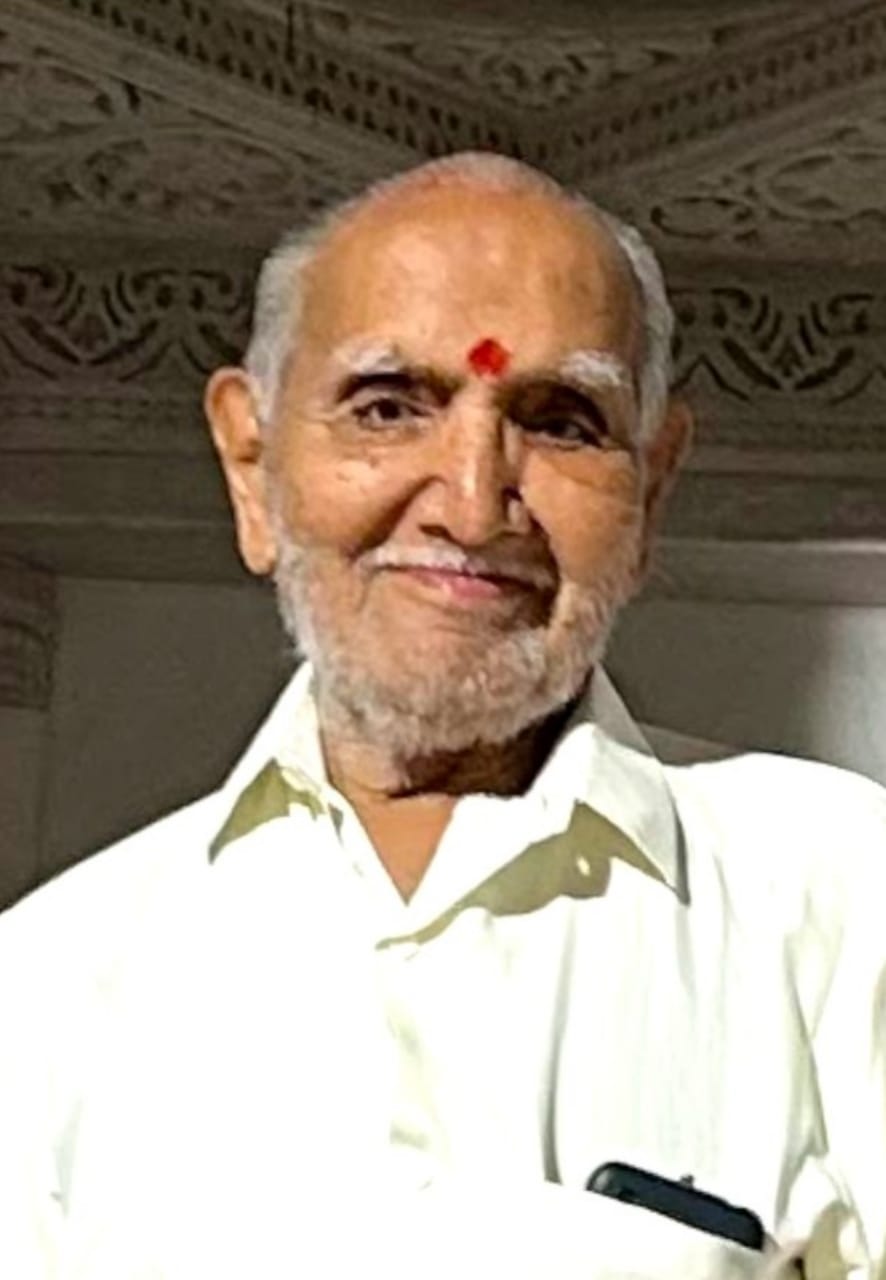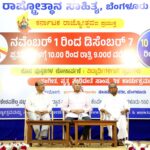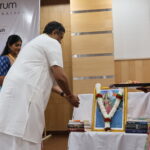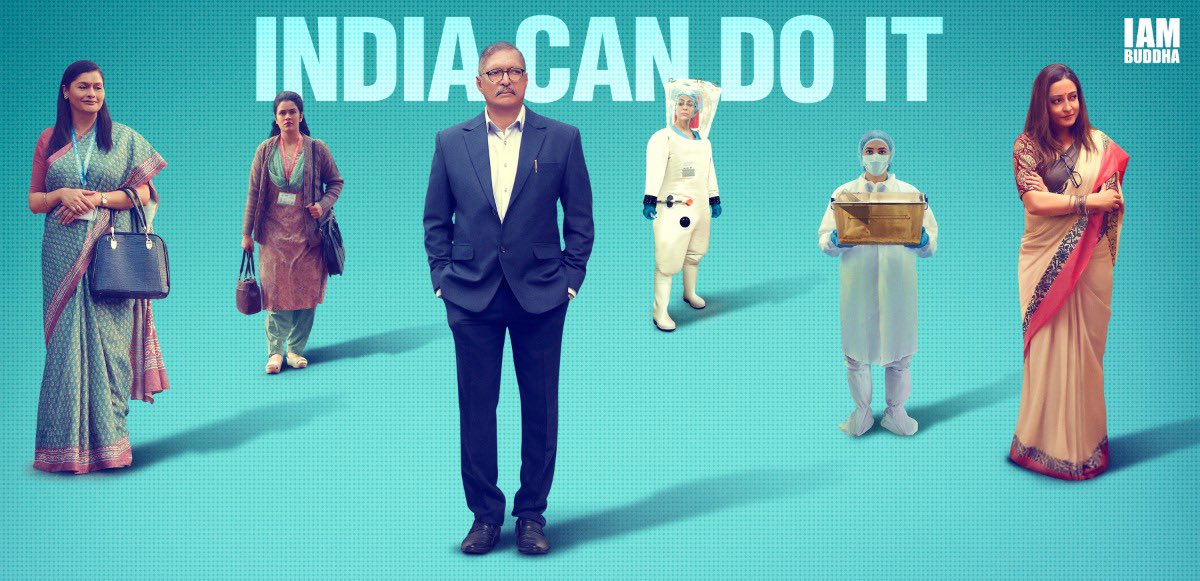
Movie Review: The Vaccine War
by Raghavendra Kulakarni, Director, Samvada Foundation
About the movie: Based on the book “Going Viral: Making of Covaxin” by former ICMR (Indian Council of Medical Research) Director, Dr. Balram Bhargava, the plot revolves around a team of real-life virologists, who are set to create a vaccine to fight Covid-19. In this journey, the scientists face loads of challenges, both internal and external. Internal challenges mainly revolve around the families of the virologists, with children complaining about not getting time from their scientist-mother, or losing a family member due to Covid-19 virus infection. The external challenges include, international business lobbies working hand in glove with the media, that do not want India to succeed with the vaccine.
In its journey of 2 hours and 41 minutes, the movie begins with the news popping about a possible virus break-out at China’s laboratory, then the movie takes you through the travel restrictions, the public struggles and media coverage, persistent struggle by Indian scientists and ends-up successfully demonstrating the truth and triumph that “India can win”.
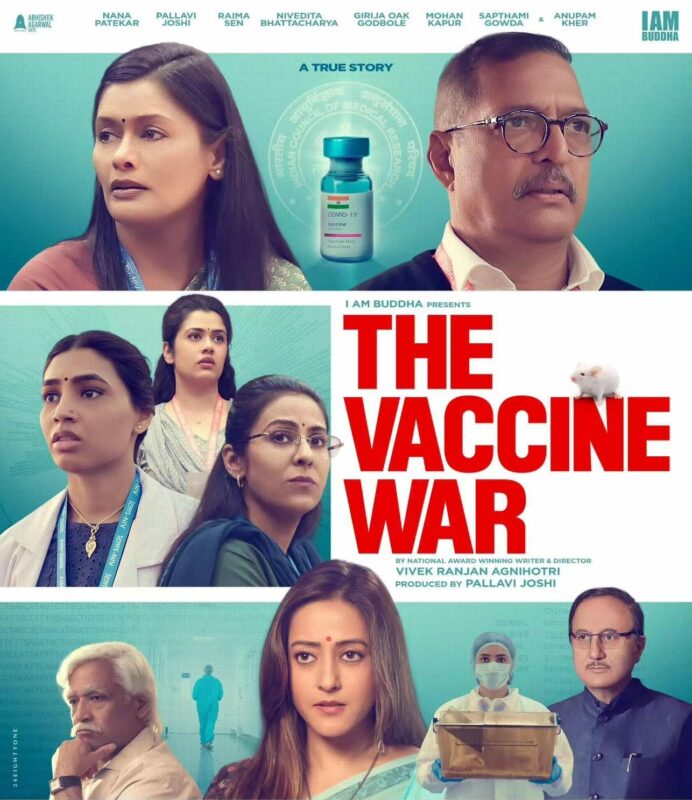
The team: National Award Winner Vivek Agnihotri has directed the movie, with legendary Nana Patekar (playing Dr. Balram Bhargava), Pallavi Joshi (doubling up as both producer of the movie and playing Dr. Priya Abraham), Girija Oak (as Dr. Nivedita Gupta) and Nivedita Bhattacharya (as Dr. Pragya Yadav) with Raima Sen as media-person.
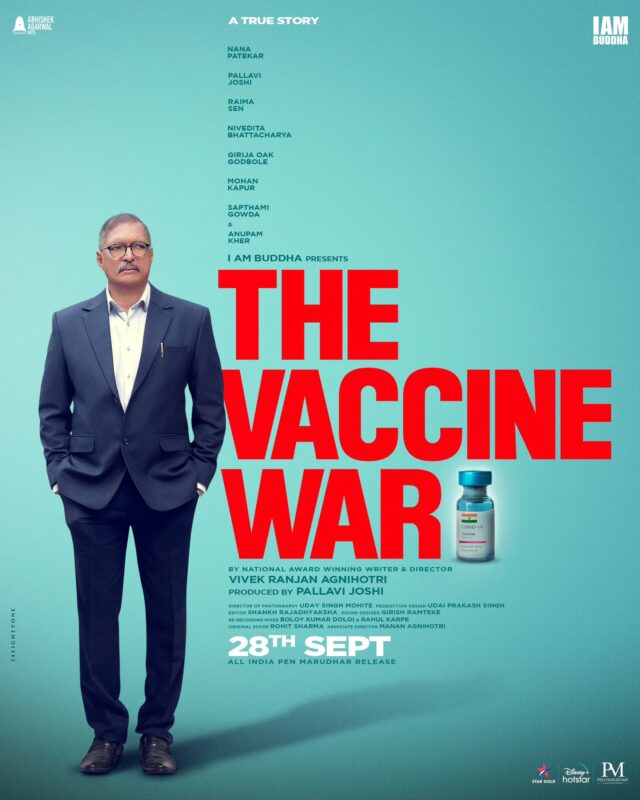
Initial Thoughts: “Vaccine War” film is a mix of two genres: science and humanity. It tells the human stories behind one of the greatest scientific achievements in the recent years of human race, in its survival against deadliest of the viruses, Covid-19, which has killed around 70 Lakhs of people till date. Plot of the movie makes it interesting – as the movie runs on two parallel tracks: one on scientific facts as the vaccine is made possible and another track of the human emotions, with a particular focus on the women scientists.
The challenges for the film maker and the successes: The plot requires a balanced treatment of both Science and Human genre. I see the subject itself as highly challenging, and the film crew has done great job in handling this matter with delicate hands, as the challenge was to show the real-life happenings in scientific world, without much scope for cinematic drama, yet creating a good movie for a silver screen experience.
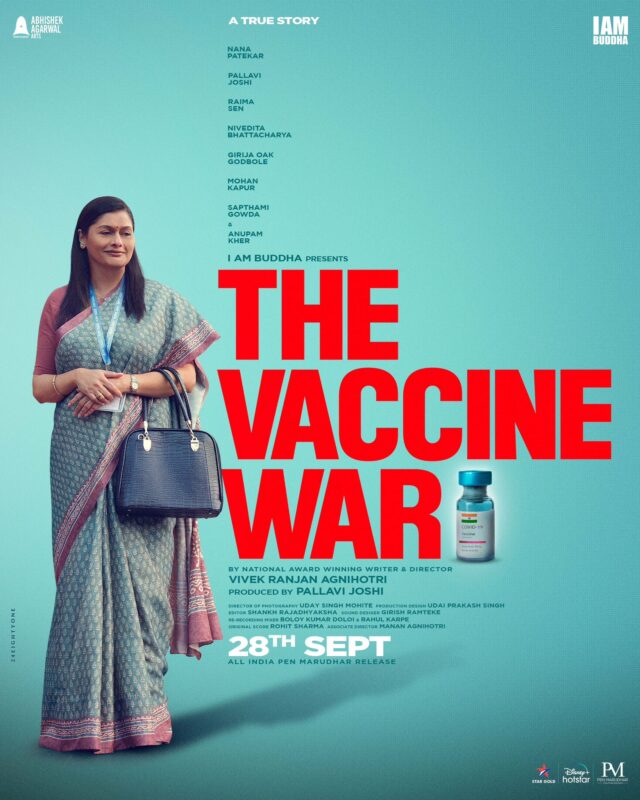
Second challenge is to show something on screen, (a) about a development that is still fresh in the minds of people and (b) which is based on a successful book. When a movie is based on a popular book, it does not offer the luxury of space to the director to create an altogether different chain of storylets. So, the movie still had to offer something that people are mostly aware about, and yet the re-telling had to give a good cinematic experience. Vivek Agnihotri has done a commendable job in delivering on this challenge to some extent.
There is another challenge to this movie: to keep the narration “apolitical”. I believe, the director has successfully kept the movie completely out of the shades of political colors, while the real story required decisive support from the people at politically elected offices. This “apolitical-touch” helps a film lover to watch the film – without giving much scope for pointing figures and say, hey – this is a political gimmick. Now, one can sit back, relax and open up to a good cinematic experience.
Let’s begin with music: Best of the Background Music should be both – exists and doesn’t exist at the same time, meaning, it should be there but should carry the viewer in its arms and waves with such naturality that the viewer does not become aware of it. He should feel it all around. The background score goes in unison with the film’s story narration.
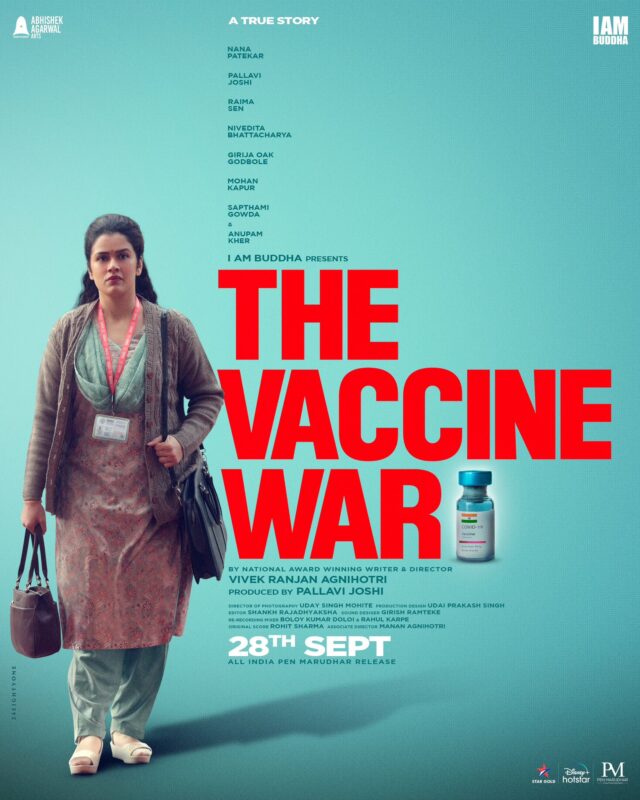
The film stands out when it comes to screenplay. The angles of camera movements, with the placement of characters, gives a good narration, even if you were to close your ears to shut off the dialogues and music. For example, there is a scene, in the last part of the film, where the team of scientists are having a press meet, and are haunted by the biased media. But, here you can see that the cameras on scientists are facing upward and the cameras on media are facing downward. This is classic placement of cameras to show which of the two entities wins the scene. Camera movement, well aided by elevated platform and desk for the press meet, and ably supported by the movement of characters, showing good domination of the virologists over a press media – something that the scene demanded. Another instance of good camera work is use of “extreme close-up”, which is rarely used in films but offers a unique experience. We can see a good extreme close-up on Nana Patekar, showing his earthy skin and side-angle view of his deterministic eyes – in line with the character. This scene leaves a good and long-lasting impression.
Dialogues are an epitome in this film. Be it, when Nana Patekar says: “Aap ke scientist ke paas ek laakh rupay bhee nahin the.”, with Pallavi Joshi reverting back with, “Mere nahin, sir. Bharat ke scientists”, or, “India Can’t Do it”, with emphasis on “Can’t” when media tries to build a negative narrative, or, in a family scene, the frustrated husband says, “Vaccine, vaccine, vaccine ke alaawaa bhee hamaari ek life hai” with the scientist-wife replying “Vaccine nahin hai-naa to life bhee nahin hai”, Or, when Raima Sen says: “Hamaari raaja ki jaan is vaacine mein atakee hai.”. And, that wonderful and inspiring “India can do it” reverberates even when you step out of the movie hall and follows you closely as you drive back home.
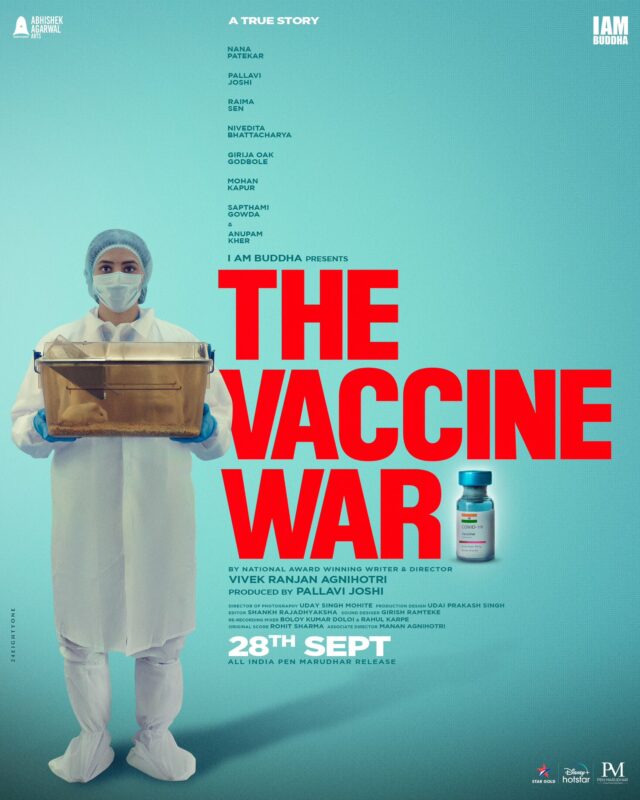
Casting: At the end of the film, just when the story seems to lose track, Nana Patekar keeps you glued to the silver screen, with his natural acting and dialogue delivery. In fact, Nana impresses you throughout the film with his decorous yet resolute portrayal of the character. Another key experiment of the movie is Pallavi Joshi’s Hindi dialect with a surprising, and yet an impactful, deep south-Indian touch. One must certainly accolade Raima Sen, who leaves a strong imprint on the movie as a media-woman, doing full justice within the limitations of the role. Anupam Kher has a little role to play, which – I think – could have been done by anyone else. But, may be the plan was: to throw weight on the character and its decisive importance considering the high-office. And, Anupam Kher does just that with his screen presence.
Final words: Even with the presence of popular actors, the movie effectively keeps the focus on its important story elements: anti-Indian narrative, the individual struggle of virologists, the team work and the scientific achievement. The movie succeeds in leaving a strong note of “India Can Do It!”

